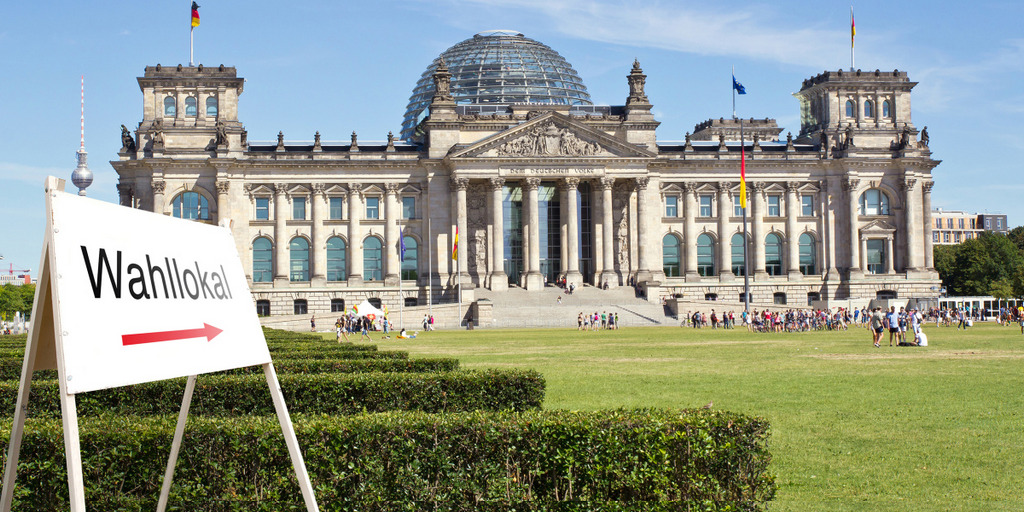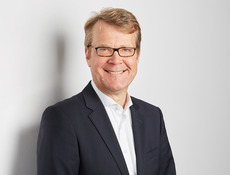The social divide in voter turnout for a Bundestag election noticeably decreased in 2017 for the first time since 1998. This can mainly be attributed to a so-called "AfD effect": The Alternative for Germany (AfD), a right-wing populist protest party, succeeded in mobilizing many voters in the socially precarious voting districts that usually record the lowest voter participation. As a result, voter turnout there rose at an above-average rate. Revealed at the same time is a new line of conflict in Germany's democracy that runs straight through the electorate between skeptics and supporters of modernization. In addition, the established parties in the Modern Mainstream milieu are losing voters and hardly winning anybody's vote in the socially Precarious milieu. These are the results of our study, which is the first to ever analyze the voting behavior of the social milieus for a Bundestag election.
The social divide in voter participation depicts just how strongly voter turnout depends on the social profile of a voting district. If voter participation is simultaneously very high in the economically and socially strong residential areas and very low in the economically weak areas, it is an expression of a high degree of social divide in voter participation. Compared to the prior Bundestag election, in 2013, this divide decreased in 2017 from 29.5 to 26.7 percentage points. "The last time we witnessed this kind of decrease in the social divide was when the SPD won the election in 1998," says Robert Vehrkamp, our democracy expert and a co-author of the study. "In 2017, it was mainly the AfD which managed to mobilize non-voters and voters from the socially precarious voting districts on a large scale."




